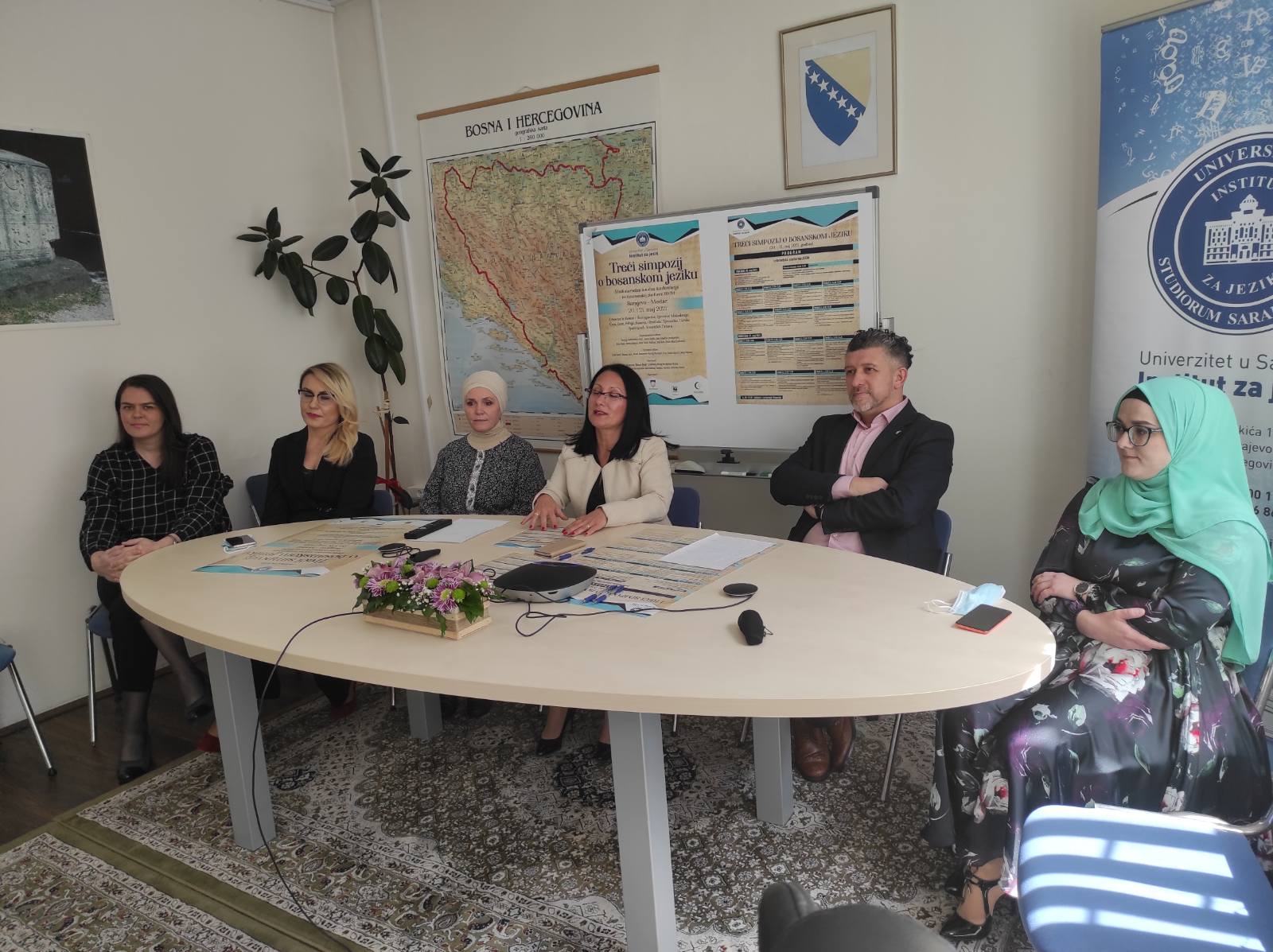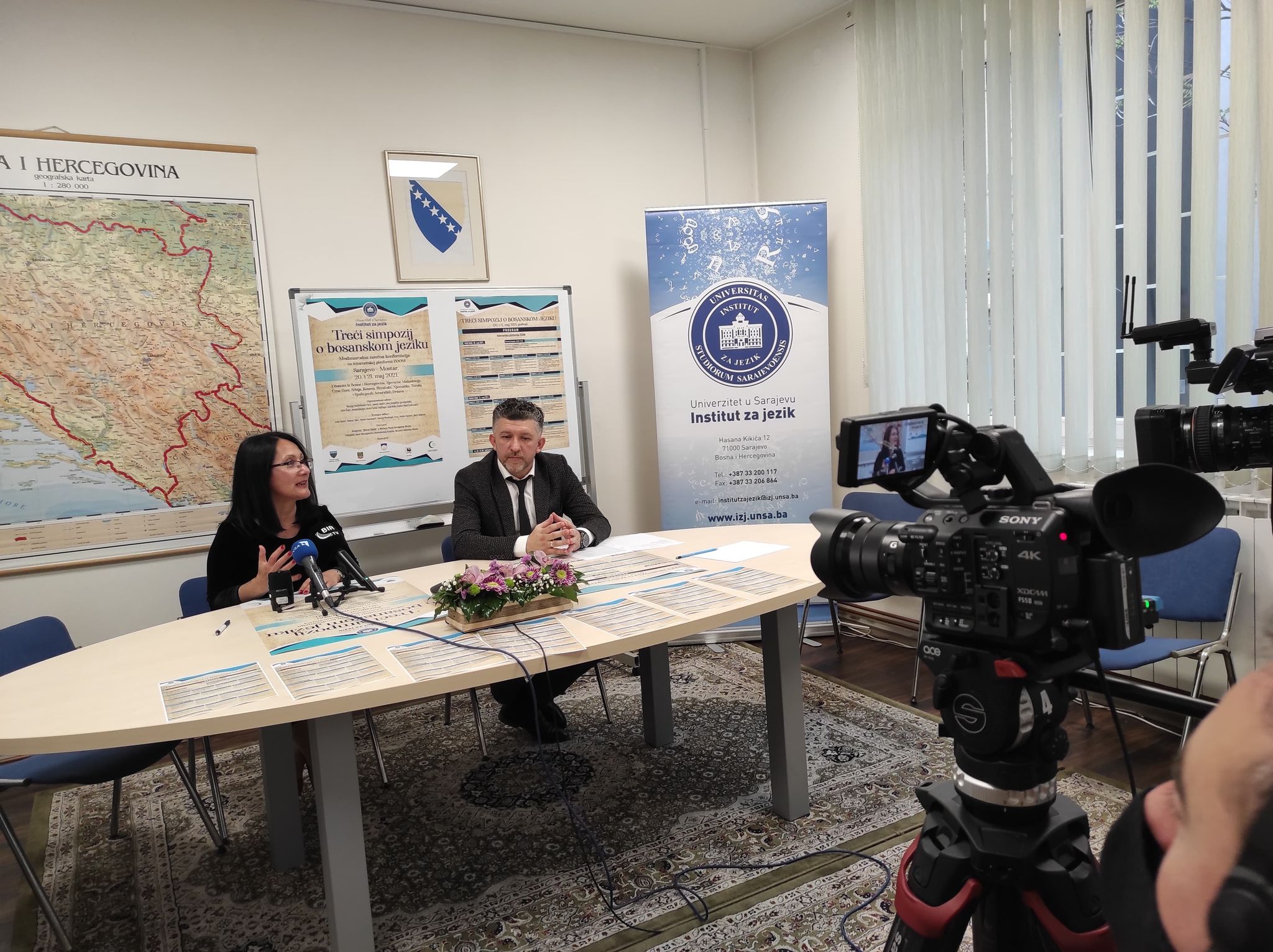Celebrating European Language Day, September 26, 2019
At the Council of Europe’s initiative, the European Day of Languages has been celebrated every year since 2001 on 26 September – together with the European Commission. Throughout Europe, 800 million Europeans are represented in the Council of Europe’s 47 member states and all are encouraged to discover more languages at any age, as part of or alongside their studies. This stems from the Council of Europe’s conviction that linguistic diversity is a tool for achieving greater intercultural understanding and a key element in the rich cultural heritage of our continent. Therefore, the Council of Europe, in Strasbourg, promotes plurilingualism in the whole of Europe.
Throughout its history, the Bosnian language has manifested itself in five different writing systems: „Glagoljica“, „Bosančica“, „Arebica“, Cyrillic and Latin. There are few linguistic communities that have changed or evolved several writing systems in their thousand-year literacy continuity, as is the case with the Bosnian written tradition. On the one hand, this is a reflection of the distinct multiculturalism and openness to receiving various influences, but it is also an example of the profound social and political changes that the Bosnian language community has been through.
To draw attention to this fact, the Language Institute of the University of Sarajevo, in collaboration with the City of Sarajevo, launched the Bosnian Letters Through (Cultural) History project, which was promoted on April 6 this year, on the City of Sarajevo Day. For the purpose of the project, “Sarajevo” was written on all five writing systems, which were briefly explained, as material that could be used for several purposes.
Thus, on the occasion of the European Day of Languages, and bearing in mind the International Literacy Day, which is celebrated on September 8, the Language Institute of the University of Sarajevo prepared 120 posters with the aforementioned prepared material and submitted them to the Educational and Pedagogical Office of the Canton of Sarajevo for further distribution to primary and secondary schools in the Canton. Promoting these five Bosnian writing systems offers information that fosters interest in the specific period of Bosnia and Herzegovina’s cultural history, creating opportunities for students to express their creativity through teaching and extracurricular activities, expanding their acquired knowledge through different media and in different ways.





